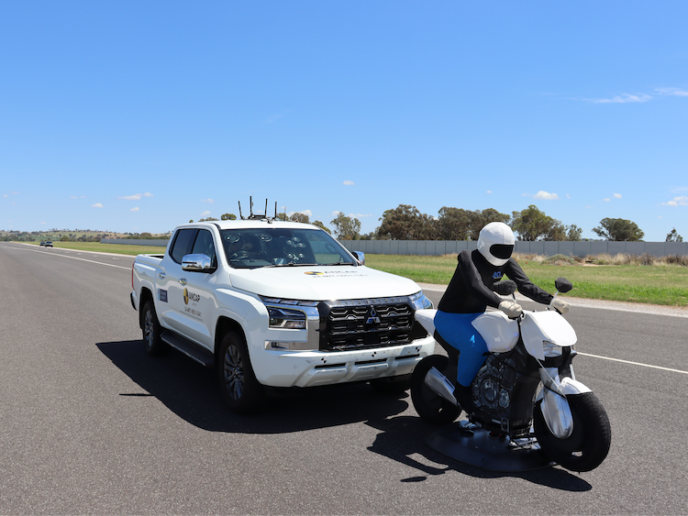
ANCAP Safety has initiated a new testing program to examine the real-world driver experience and usability of lane support systems.
The project is designed to intentionally capture the steering force, intervention timing, and correction severity of Lane Keep Assist (LKA) and Emergency Lane Keeping (ELK) on star-rated vehicles.
This additional examination looks beyond a vehicle’s ability to intervene and prevent unintentional side-swipe, head-on, or run-off-road crashes as determined through ANCAP’s official star rating assessments. Instead, it focuses on the sophistication and integration quality of lane support systems (LSS) from various vehicle brands and models.
Aspects interrogated through this research program include:
Vehicle path and position: Is the autonomous intervention smooth and intuitive?
Steering angle and velocity: Is the intervention response exhibited through gradual change, or are there rapid, sharp, unnecessary or jerky steering inputs?
Steering torque: Is the vehicle’s response brutal for the driver to override, leading to a feeling of loss of control?
Lateral vehicle acceleration: Is the sideways force experienced by the driver severe and unnatural?
This research follows ANCAP’s feedback from consumers who are concerned that the safety systems fitted to their new cars provide an adverse driver experience.
A pilot group of vehicles has been tested against a baseline ‘positive reference’ vehicle, and early insights show clear room for improvement.
“This research project is a proactive step ANCAP has taken to help vehicle manufacturers improve the functionality, calibration and integration of their active safety systems,” ANCAP chief executive Carla Hoorweg said.
“Good system design and properly tuned systems are critical to consumer acceptance, and the aspects we’ve examined with this research are those that manufacturers should already be factoring into their systems.
“The pilot group of vehicle models we’ve assessed has been assembled from direct consumer feedback, where a specific list of models was identified as offering a reasonably rudimentary response. Unfortunately, these vehicles’ behaviour makes consumers question the benefits of these systems and, in some cases, turn them off.
“We don’t want to see these systems being badged as ‘annoying’ and switched off.
“We want to demonstrate the differences in vehicle behaviour and, by sharing these results, encourage manufacturers to improve their systems. This will improve their customers’ acceptance of these systems.
“We saw a great example of manufacturer response to this type of feedback last week with Mitsubishi rolling out an update to its Driver Monitoring System to improve the driving experience of its Triton,” she says.
The results of this pilot project will be shared with manufacturers and used to inform refinements to ANCAP’s upcoming 2026-2028 test protocols and criteria.
Additional vehicle models will be examined against the same research criteria over the year, with full results to be released once the broad program of work is complete.








